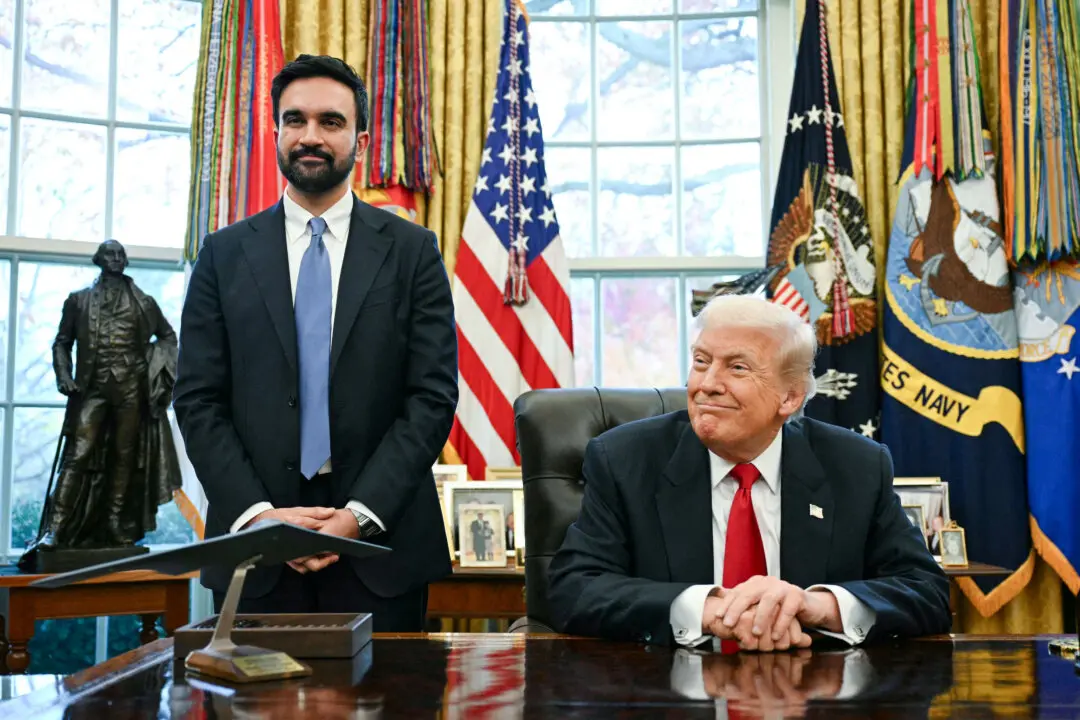White House economic advisers issued a note on Thursday clarifying the definition of recession prior to the release next week of probably dismal economic data.
Most economists generally look for two consecutive quarters of decline in gross domestic product (GDP) to determine whether an economy has entered a recession. The White House Council of Economic Advisers, however, opposes this definition in a new blog.





